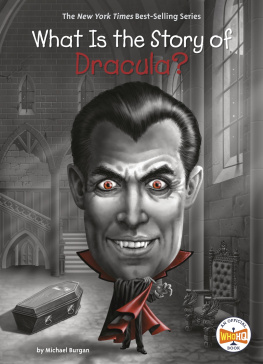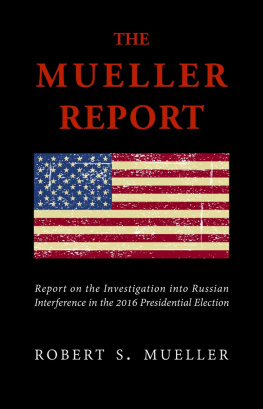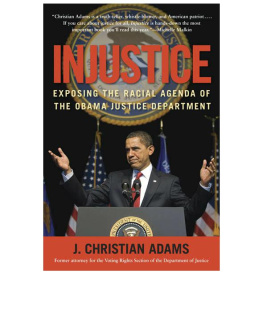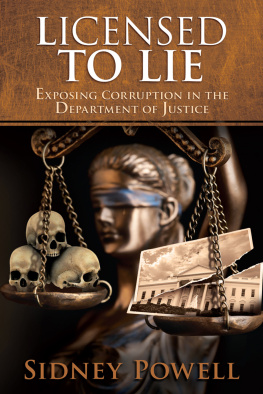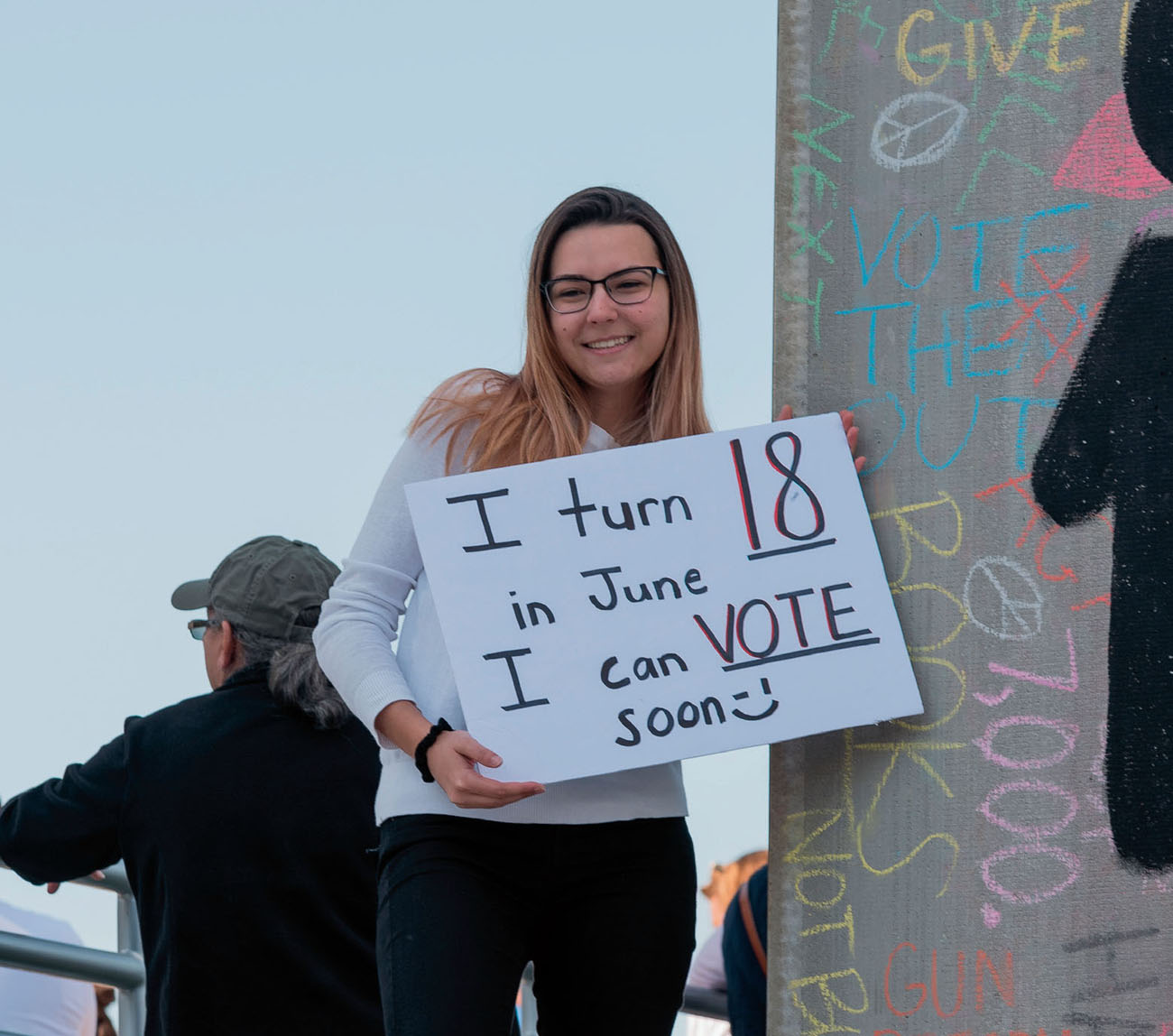CHAPTER ONE
Justice for All
Growing up in Florida during the early 2010s, Steve Mack had a tough childhood. He spent time in several foster homes before moving in with his grandmother. As a teen he began using drugs and was arrested for stealing. Instead of sending him to jail, a judge sent Mack to a residential commitment program. The focus of the program is to help troubled teens get any needed medical treatment, as well as counseling for emotional issues. The goal is to help the teens avoid committing more serious future crimes and perhaps going to prison.
Palm Beach County had worked with several nonprofit groups to set up the program. While in the program, Mack learned about a service in his county called he said. When he was released, he was the first of his friends to go to college.
To start BTAF in 2013, Palm Beach County received federal money under the Second Chance Act. Congress passed the law in 2008. It sets aside money for grants given to state, local, and tribal governments, as well as to nonprofit groups. The program gave out $68 million in 2017 and has given about $300 million since it began.
Enforcing Justice
The Second Chance Act Grant Program is operated by an office of the U.S. Department of Justice (DOJ). It is just one part of the departments efforts to reduce crime in the United States. The DOJ fights crime directly. It can take evidence gathered from agencies such as the Federal Bureau of Investigation (FBI) and prosecute people accused of breaking the law. The department also fights crime indirectly through programs like the Second Chance Act. But the department has a wide range of other duties. The DOJ helps make sure that all Americans are guaranteed the right to vote. It also keeps track of the conditions in prisons to make sure prisoners are not mistreated.
President George W. Bush signed the Second Chance Act in 2008 to help former criminals become successful citizens.
Department officials also have a role in deciding how to enforce certain laws or interpret what an terrorism in the country. Afterward, an office within the Justice Department gave legal approval to the order.
A Florida teen demonstrated at the March for Our Lives rally in Tampa, Florida, in 2018.
Under the system of government outlined in the U.S. judicial branch. It can determine if a law violates the Constitution and should be overturned.
The Department of Justice is one of 15 departments in the executive branch of the U.S. government. The heads of each of those departments form part of the presidents cabinet. They are the top advisors he or she turns to when deciding what policies to pursue. Although part of the executive branch, the DOJ works closely with federal courts. The department is in charge of enforcing federal laws and people accused of breaking them. In the U.S. legal system, there are both state and federal courts. The DOJ generally is not involved in state court actions.

At times, though, federal and state laws might both come into play when a crime is committed. For example, in 2015 a white man named Dylann Roof killed nine black people in a Charleston, South Carolina, church. He was charged by the state with murder. The federal government charged him separately with committing a hate crime. He had admitted targeting his victims because of their race and his hatred of African Americans. In cases like that, state and federal prosecutors argue the case in separate courts.
Twenty-one-year-old Dylann Roof was sentenced to life in prison after killing nine people in a Charleston, South Carolina, church in 2015.
Top Lawyer
The head of the Department of Justice is the U.S. attorney general (AG). The attorney general directs the operations of the department and represents the United States in legal matters. The attorney general also gives legal advice and opinions to the president, the presidents cabinet, and the heads of other executive branch agencies. Part of the presidents duties is appointing federal judges and people to fill certain positions within the Department of Justice. The attorney general recommends people who are best qualified for these jobs.
Within the DOJ, the attorney general and his or her top aides direct such important law enforcement agencies as the terrorist attacks. Other DOJ offices and agencies address other issues such as tax evasion, and enforce laws that affect the environment and violence against women.
The Countrys Lawyer, Not the Presidents
When describing the attorney general as the top lawyer for the United States, some people think this means he or she is also the lawyer for the president. In reality, U.S. presidents have their own attorney, known as the White House Counsel. This lawyer advises the president and White House staff on legal issues related to the presidents role as the chief of the executive branch. In some cases, presidents might also name a lawyer called a special counsel to focus on a specific legal issue related to the presidency. In 2017 Donald Trump named Ty Cobb a special counsel. Cobbs duty was to address the White Houses response to the investigation of possible ties between members of Trumps 2016 presidential campaign and the Russian government. In 1994 President Bill Clinton hired Jane Sherburne as a special counsel when Clinton faced legal questions about some of his activities before and after he was elected president. Presidents also have personal attorneys who represent them if they face legal issues not related to their public duties.
Another important task for the attorney general is supervising the legal representation of the federal government in cases that go to the U.S. Supreme Court. While attorneys general can argue these cases themselves, the job usually falls to another person in the DOJ, the solicitor general. The solicitor general takes on most cases before the Supreme Court so the attorney general can focus on his or her many other responsibilities. The attorney general also directs how the government will present its cases involving the United States in other courts.
President Trump and his cabinet discussed immigration policy during a cabinet meeting in June 2018.
For federal law cases, the United States is divided into 94 districts, and each has a district court. There are district attorneys.
Helping the attorney general with that task is the deputy attorney general, the departments second-in-command. The president also chooses the person for this position. The U.S. Senate must approve this choice. The deputy attorney general works closely with the attorney general to run the department, having direct day- to-day control more than 25 offices and agencies within the DOJ. The 93 U.S. attorneys also report directly to the deputy AG. The deputy attorney general has the same power and authority as the attorney general, unless a law specifies that only the attorney general or another department official has the power to carry out a certain action.







